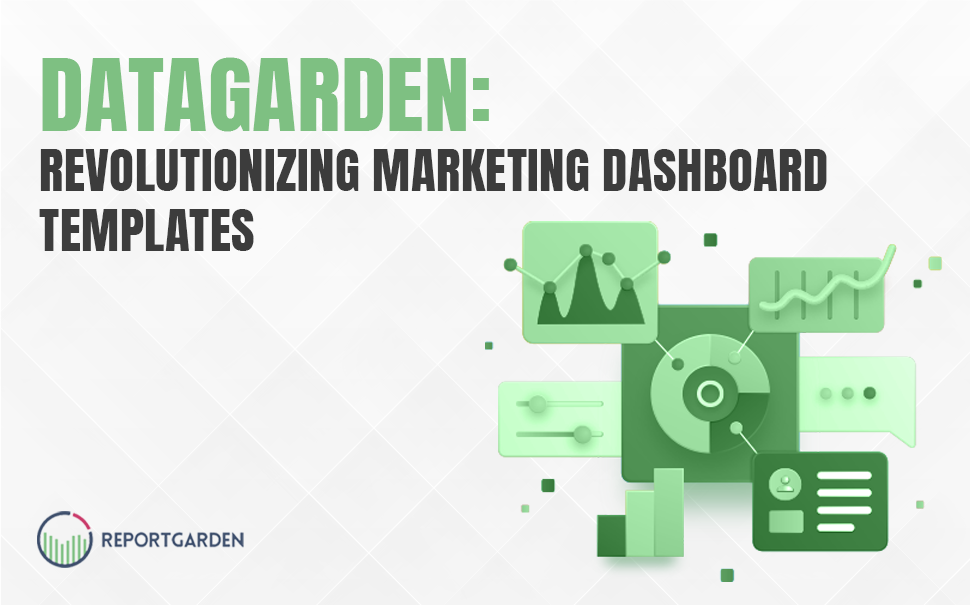One of the most critical parts of marketing is determining which campaigns are driving maximum ROI (Return on Investments), but typical user behavior makes it very challenging to find a clear answer. Only when the marketers have this data is when they can meritoriously allocate their resources to acquire new customers, and strategize for future growth. This is one reason why many marketers are leveraging a new approach called – Marketing Attribution.
What Is Marketing attribution? This is a practice which basically introduces a way to assign a value to every marketing channel that played a role in informing and influencing a consumer’s purchase decision. In marketing attribution instead of attributing the entire credit to the last click, a percentage is assigned to each marketing channel depending on how far it was from a purchase order.
If implemented successfully, marketing attribution models can be effectively used to determine the most influential paths, value conversions, and rank the use of diverse marketing channels. It also allows the marketer to present precise information the right customer, at the right time, in the right place, resulting in increased sales.
This blog highlights some of the aspects you need to consider when determining which marketing attribution models is best for your clients.
Do You Really Need Custom Marketing Attribution Models?
Currently, to make any business decision, marketers need to understand the real value of everything they do online. But before you can spend too long considering how to best attribute your conversions to different channels, it is important to consider whether you really have attribution issues.
There are many standard models provided by Google Analytics and other analytics platforms which can provide you with more or less accurate information, such information is enough to drive your marketing decisions. But if your buying cycles are longer with multiple interactions from diverse channels, you would need a more sophisticated marketing attribution model. These will help you identify which channels are driving maximum conversions.
Report from econsultancy valuing the customer journey report shows the benefits of attribution:
Marketing Attribution Models – Common Mistakes Marketers Make In Choosing The Right One
Marketers use a number of marketing attribution models to test their ideas on customer behavior. But they often make few mistakes in choosing the most appropriate one, below are few of the most common mistakes:
- Not Utilizing A Large Data Set – Marketers limit their understanding to a limited data set, this also limits their ability to accurately understand all the customer touch points with their business.
- Following “One Size Fits All” Approach – Every business and every industry are different; hence using the same approach for each one is totally wrong.
- Irregular Monitoring And Analyzing – Effective marketing require continuous analysis and monitoring. Customer journeys and interactions keep changing and to understand buyers behavior marketers need to monitor this shift, but many marketers lag behind.

Read Blogs on Marketing Reports
Checklist To Make The Right Choice
Marketers use multiple marketing attribution models to test their customer behavior theories. That makes clear one thing, that no model will work the same for all business. So how do we zero down on a model perfect for your business?
A perfect marketing attribution model depends on your understanding of what, when and why to measure your marketing activities. Here is a checklist that will help you make the most appropriate choice:
1. Establish Your Funnel Stages
Funnel stages are the essentially the backbone of any good marketing attribution strategy. Without them, you really can’t track how your leads move from one stage to the next. Before making your choice on your marketing attribution model, you need to start by establishing your funnel stages, i.e. how a lead moves down your funnel and converts into a customer. Funnel stages which need to be defined clearly are:
- Lead
- Opportunity
- Sales accepted lead (SAL)
- Marketing qualified lead (MQL)
- Sales qualified lead (SQL)
- Converted customer
2. Set Goals
Next in line is determining the main purpose or goals for your campaign. What are you looking at? – increase sales/revenue, raise brand awareness or improve CPA/ROI, remember the attribution model you apply would be influenced by your end goal. Take some time to list each of your channels and set individual KPIs for each one. Look back at the past performance of your channels and use this data to power your attribution benchmarks and aims.
3. Tag Your Marketing Campaigns
Tag all your campaigns, because in Google Analytics the attribution mechanism works with these tags. Here is it about taking one step beyond the customer’s journey and understanding which specific marketing channel your visitors came from before they finally converted. By tagging, you would know exactly which URLs within each channel your customers came from.
4. Check Your Cost Per Acquisition (CPA)
You really cannot calculate your ROI without cost. Hence check your CPA, this would help you know how much you actually spend on every conversion and further decide where you should put your investments in the future.
5. Capture Data From Every Interaction
Earlier it was challenging to capture data from every customer interaction during their conversion process, but with technological advancement, this process can be optimized enabling you to capture massive amounts of valuable data. Apart from every visit to your website, you should capture data from every interaction which includes:
- Programmatic Ads
- Offline Orders
- Cross-Device Visits
- Refunds/Returns
- Whitepaper Downloads
- Clicks On Blog Articles
- Social Shares
- Webinars
The idea is big conversions stay in the bottom of the cycle; you should take into account all the other ways users communicate with you.
Read Blogs on Marketing Reports
6. Value Every Engagement
When users interact with a brand they touch multiple points in their conversion funnel, but not all touch points carry equal weight. Some businesses apply a weighted model to their engagement data, but that’s not correct. Ideally, you should aim to give credit to every visit/channel in the ratio of how far that visit drove the user to convert in the end.
7. Create Multiple Reports
One report is not enough; you need dashboards which explicitly speak to your pre-defined marketing objectives and goals. Hence, create reports which speak to the overall marketing impact on:
- Your sales pipeline and revenue
- Channel performance and ROI
- Specific campaign performance and ROI
- Account-based marketing metrics
8. Test
Testing can be multifaceted, but this is the only real way to know if your marketing attribution model is giving you the right answers. It would help you alter your strategies, review the results, and be primed to change if results don’t improve. Testing also makes it easier to understand the consequences of choosing one model over another.

Yet There Isn’t Any Perfect Model
There is no quick way to build a custom marketing attribution model to value your digital marketing activities; this is because every business and its state are unique. As a marketer, you need to understand that whichever model you use has its own limitations, and you would need to experiment to validate your decisions and enhance the model with time. Remember, different models work differently for different types of business; you may even want to use several models at a time to reach desired goals.
Once you decide on the custom attribution model for your business you need a tool which supports you in running the custom model as an experiment and build the final model in process at scale. Digital marketing attribution software from Gauges is a tool which is been build for multi-touch attribution model with the flexibility of custom models.
Final Thoughts
Data-driven marketing attribution empowers us to look at how marketing drives profits at a micro and macro level. Understanding the marketing attribution game would help you maneuver through the silos of data and isolate the winners from the losers. The idea is to get a better understanding of where exactly your visitors came from and which campaigns generated maximum ROI.


.png)




